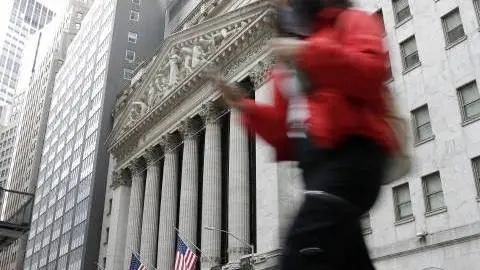Eurozone: A delayed recovery
With more stringent lockdowns in the offing and a still underwhelming vaccination campaign, the eurozone economy is likely to shrink again in 1Q. A recovery can still be expected from 2Q, though some headwinds remain. Inflation is likely to be temporarily higher. Meanwhile, the European Central Bank seems to be moving towards yield curve control
A weak January
The eurozone economy most probably shrank in the fourth quarter, though the contraction might be slightly smaller than we previously anticipated. According to provisional estimates, the German economy has apparently avoided recession, with strong exports providing important support. However, the build-up of inventories in the UK in the run-up to 2021, pushing up imports from the continent, is likely to reverse. Initial economic data for 1Q already signals some weakening. The German Ifo indicator dropped more than expected in January, with both the current conditions and the expectations component weakening. Eurozone consumer confidence also fell back in January, while the composite PMI slid to 47.5 from 49.1 in December.
PMIs soften in January

Underwhelming vaccination campaign
With the more contagious British and South-African Covid-19 strain spreading on the continent, lockdown measures have tightened again in several countries. The Netherlands introduced a curfew and France has tightened the existing one to 6pm. At the same time, the vaccine campaign continues to disappoint. While in the UK, around 11% of the population has been inoculated, in most eurozone countries, this was less than 2%. To make things even more painful, Pfizer had to reduce the deliveries of the vaccine to allow for changes in the production line. At the same time AstraZeneca, whose vaccine is not yet even approved, announced that it would deliver 60% fewer doses than promised in the first quarter. With these additional hurdles, it seems unlikely that herd immunity will be reached before the fourth quarter across the eurozone. That said, with the most vulnerable people probably inoculated by the end of April, some loosening of containment measures still looks likely. So after a difficult start of the year, we still stand by our recovery story from the second quarter onwards. However, the risk is that the number of infections remains high for some time to come. The political turmoil in Italy is not helping either, while the slow rollout of the plans to get money from the European Recovery Fund is also limiting the speed of the recovery. That is basically why we are looking at a sub-consensus 3.5% GDP growth rate in 2021 and 3.7% in 2022.
Slow vaccination pace
% of the population inoculated

Inflation might (temporarily) surprise
A VAT hike in Germany, higher energy prices and expected price hikes when some services reopen (see here) mean that inflation will come in higher this year. We expect an above-consensus average inflation rate of 1.3% for the year, with a 2% inflation rate at the start of the third quarter not out of reach. From the fourth quarter onwards, inflation should soften again and we expect it to settle around 1.3% in 2022. Given the fact that the inflation uplift is only temporary, the ECB is unlikely to react. What’s more, by the summer months the ECB will probably have announced its new strategy. We expect the bank to go for an inflation target “around 2%”, which allows for temporarily higher inflation without the need for a policy change.
Yield curve control by another name
For the time being, the ECB is certainly not thinking of tightening. Because of the huge negative output gap and the struggle to emerge from the pandemic-induced recession, loose monetary policy will still be required for some time to come. There is however a slight shift in the ECB’s approach. The bank has now put the aim to preserve “favourable financing conditions” at the centre of its policy. While this sounds rather vague, it’s obvious that long-term interest rates are an important determinant of financing conditions. As such, the ECB's Chief Economist Philip Lane declared that the Pandemic Emergency Purchase Programme has an important role to play in ensuring that the middle and long-end segments of the yield curve remain “appropriate”. And that a premature steepening of the yield curve should be avoided. We read: yield curve control by another name. While we still expect long-term bond yields to rise somewhat during the year, the ECB bond purchases will probably limit the increase to 25bp by the end of this year.
Download
Download article
29 January 2021
Hopes fade for a synchronised global recovery This bundle contains 10 articlesThis publication has been prepared by ING solely for information purposes irrespective of a particular user's means, financial situation or investment objectives. The information does not constitute investment recommendation, and nor is it investment, legal or tax advice or an offer or solicitation to purchase or sell any financial instrument. Read more

